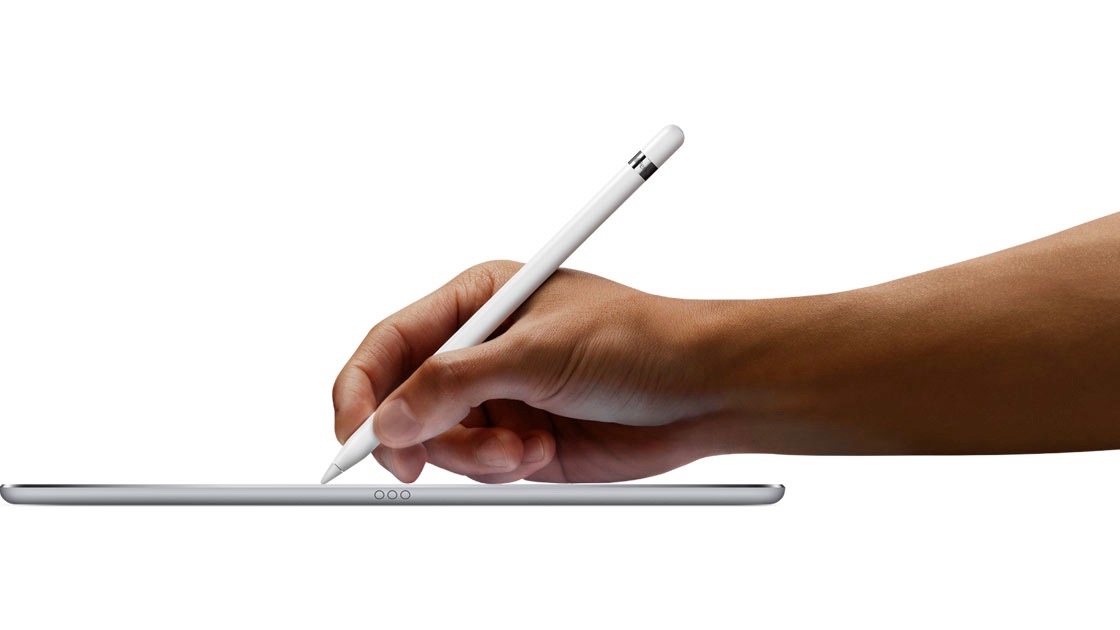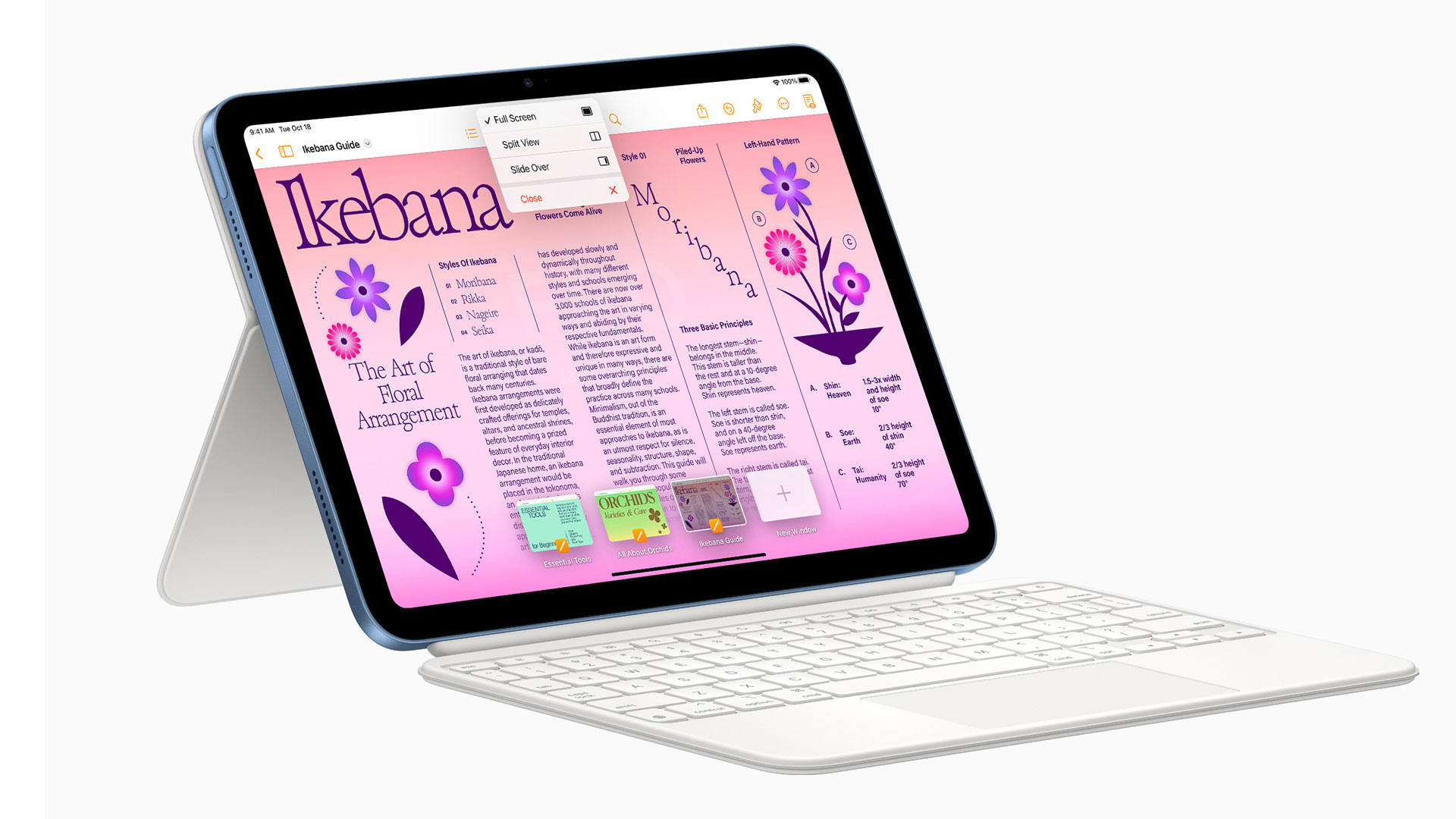I get why the new iPad won't work with the Pencil 2, but it's still a terrible decision
A question of compatibility

Apple's decision to introduce a completely redesigned base-model iPad 10th Generation with a USB-C charge port, but to not make it compatible with its newer and better second-generation Pencil, is one confounding bit of product strategy.
Apple is being dragged for it across the internet; but, while I'm not thrilled about it, but I can, almost, understand why Apple did it.
The original Apple Pencil is a beautiful if flawed device. Designed under the auspices of the former Apple Design maestro Jony Ive, it hewed just a bit too close to its analog counterpart. The thing looked like a pencil so much that the practical parts, like how to charge it and pair it with your iPad were, at best, poorly considered.
Still, I used it for years on an iPad Pro and then, when Apple introduced its 6th generation iPad in 2018 (mostly aimed at schools), I started using it with the standard iPad. I never stopped hating how you had to pull off the fake hard-plastic eraser side to expose a Lightning plug, and then plug that into your iPad's Lightning port to pair it with the tablet and charge it.
It looked ridiculous. Alternatively, you could use an easy-to-lose input/output Lightning adapter to connect the Pencil to a Lightning cable and charge it that way.

I was understandably thrilled when Apple launched the new Apple Pencil 2 along with its redesigned iPad Pro series. While it still paid homage to the writing implement on which it was based, this was a shorter, less slippery, and much more smartly designed digital implement.
Instead of a Lightning port plug, the second-generation Pencil is a sealed device with one flat edge designed to marry perfectly with the magnetic conductive charge area along one long, flat edge of the iPad Pro. This design serves two purposes: to charge the Pencil, and also keep it close at hand. Whenever I grab an iPad Pro, and now an iPad Air, which also supports the Pencil 2, the implement is craftily clinging to my iPad. No more worrying that it rolled off the table or that I left it behind. Perfect.
That marriage of utility and design is so useful and obvious that it seems almost incomprehensible for Apple to introduce a new tablet design that doesn't support it.
Seriously, the new iPad 10th generation is an iPad Pro and iPad Air doppelgänger. No home button, thinner and uniform bezels, a flat edge that runs the perimeter of the device, and an equally flat back. It even has the same USB-C port. How has Apple made the choice to not let Apple Pencil 2 owners use it?
For Apple, though, there may be a few things at play here. For one thing, the company has sold a whole lot of iPads that support the first-generation Apple Pencil – you can see the full list below.
- iPad mini (5th generation)
- iPad (6th, 7th, 8th, and 9th generation)
- iPad Air (3rd generation)
- iPad Pro 12.9-inch (1st and 2nd generation)
- iPad Pro 10.5-inch
- iPad Pro 9.7-inch
Even leaving aside all the Pros, there are at least six generations of iPad that have first-generation Apple Pencil support. I could imagine that some people at the far end of that generational spectrum (iPad 6th Gen, for instance) might be ready to upgrade to this sexy, new iPad. Would they also want to spend another $129 / £119 / AU$199 for an Apple Pencil second generation? Probably not.
Apple could have built an iPad that supports both pencils, but that would have meant adding the hidden magnetic charging port to the iPad 10th Generation, and that would have meant raising the price.
In case you hadn't noticed, the new iPad is more expensive than the last model, starting at $449 / £499 / AU$749. So, Apple is already asking consumers to dig deeper for this next-gen tablet. I don't know how much more the charging technology would have added to the list price, but during this cost of living crisis, that's a non-starter.
Maybe that's the strategy – but it still doesn't excuse the relatively lame way iPad 10th Gen owners will have to pair and charge their Apple Pencils. Because this table uses USB-C, the act requires an adapter. Yes, that's kind of terrible, and Apple should know better. The only good news, if there is any, is that you can now buy a first-generation Apple Pencil for $99, and the necessary USB-C-to-Lightning adapter will come with it at no extra charge.
There is, by the way, a digital stylus that cuts across iPad models, working with both the new 10th-generation iPad and all previous Pencil-supporting iPads: it's Logitech's USB-C-based Logitech Crayon, and it only costs around $70 / £60.
My advice, then, is to forget the Apple Pencil, even the one you originally bought for your old iPad, and check out this Logitech option – it's bound to go on sale during Black Friday. Do it, and we can all try to forget Apple's Pencil mistake.
Get daily insight, inspiration and deals in your inbox
Sign up for breaking news, reviews, opinion, top tech deals, and more.

A 38-year industry veteran and award-winning journalist, Lance has covered technology since PCs were the size of suitcases and “on line” meant “waiting.” He’s a former Lifewire Editor-in-Chief, Mashable Editor-in-Chief, and, before that, Editor in Chief of PCMag.com and Senior Vice President of Content for Ziff Davis, Inc. He also wrote a popular, weekly tech column for Medium called The Upgrade.
Lance Ulanoff makes frequent appearances on national, international, and local news programs including Live with Kelly and Mark, the Today Show, Good Morning America, CNBC, CNN, and the BBC.